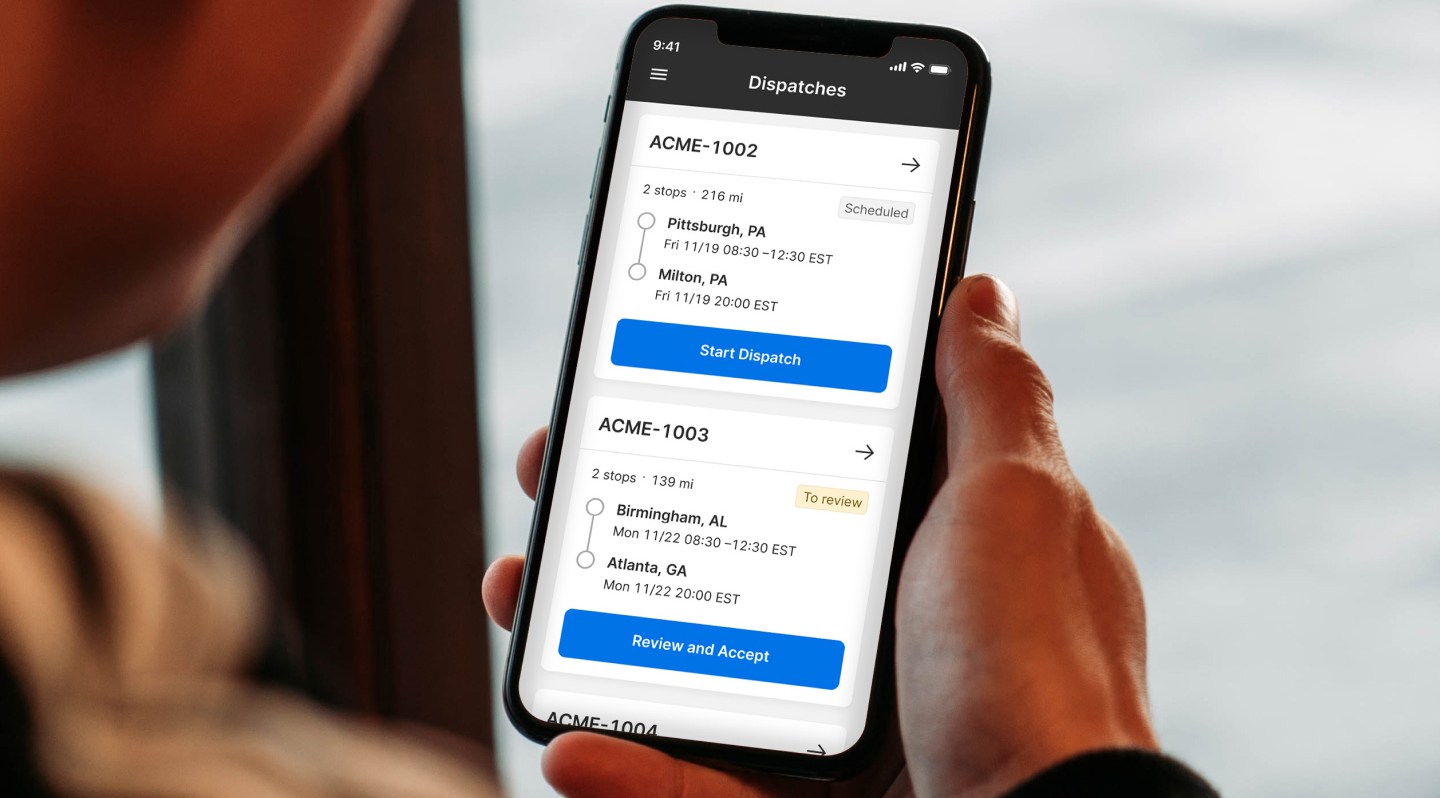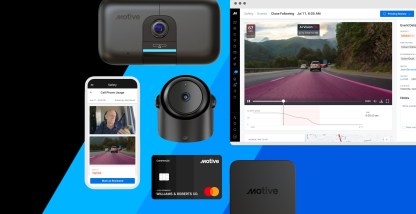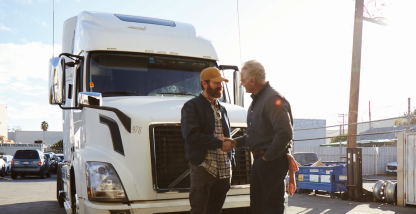For supply chains to continue to run smoothly, every link must connect cohesively and effectively. An essential component to ensuring supply chains are operating as intended is a transportation management system (TMS). TMS is a subset of supply chain management and is a software category that helps in planning and executing the physical movement of goods.
All participants in the supply chain can use a TMS, from manufacturers to distributors, to third-party logistics providers (3PLs) – virtually any party that wants to move goods.
A TMS can be beneficial for all supply chains, from simple to complex. This guide covers all aspects of TMS, including key benefits, who uses transportation management software, and important features to look for in TMS.
Table of Contents:
- What is a transportation management system?
- What is the difference between a TMS and a WMS?
- Who uses transport management software?
- What are the benefits of transport management systems?
- What KPIs should you track with a TMS?
- Features to look for in transport management software
- Why use Motive as your transport management solution?
What is a transportation management system?
A transportation management system is a logistics software solution designed to streamline the shipping process. The core function is to enable the user to find the best mode and rate for any type of shipment to ensure they are getting the best deal. Core features for any modern TMS include rating, booking, and tracking are considered
What is the difference between a TMS and a WMS?
In TMS logistics, it’s important to consider the connection between the TMS and the warehouse management system (WMS). A WMS helps manage warehouse functions, including palletization, order fulfillment, shipping and receiving, and inventory tracking. Originally, TMS and WMS were designed separately. One is meant to control and facilitate the oversight of your storage facilities (WMS), and the other is meant to handle your fleet and all elements connected to it (TMS).
By integrating your WMS and TMS, you gain more effective data sharing between the two platforms, which allows for clear and defined information about manufacturing, warehouse processes, and, of course, transportation or distribution. With a TMS and a WMS, you can better plan the movement of goods across your supply chain, not just within the confines of your warehouse.
Who uses transport management software?
According to SAP, any business that ships and receives goods has a use for transport management software. The number of TMS users skyrocketed during the pandemic, with many new ecommerce companies joining those in the supply chain industry looking for innovative ways to deliver goods quickly and in a cost-efficient manner.
Specific businesses that rely on a TMS include but are not limited to:
- Pharmaceutical and healthcare
- Retail
- Manufacturing
- Food service
- Automotive
- Logistics
- Aerospace, government, and defense
What are the benefits of transport management systems?
There are many valuable, tangible benefits to using transportation management systems. Some of these benefits are:
- New delivery capabilities
- Inventory Reductions
- Increased customer satisfaction
- Improved warehouse efficiency and productivity
Motive’s software integrates with most leading TMS. One benefit of integrating Motive with your TMS is Motive’s Driver Workflow which provides real-time communication with TMS dispatch modules. By simplifying the dispatch process, dispatchers can use the McLeod TMS to send forms and load instructions directly to the Motive Driver App. Drivers can complete all their loads from within the Motive app, a much simpler process than using multiple systems for completing dispatches and logging Hours-of-Service information.
What KPIs should you track with aTMS?
Business-critical KPIs can be tracked within a TMS, like:
- Claims versus freight costs: To evaluate claims versus freight costs, divide total loss in freight claims by the overall freight cost. A higher number for this KPI could mean there is an issue with operations, while a lower number favors continuing existing operations as they are.
- Freight cost compared to total sales: By dividing outbound and inbound freight costs separately by net sales, you can isolate the costs associated with each individually.
- Transportation time: Measure transit time as a view of the expected shipping time compared to the actual delivery time for each shipment.
- Percent trucking capacity use: Finding capacity availability is done by dividing the shipment weight by available shipping capacity.
- On-time pickup and delivery: Trucking companies must work to ensure delivery time is as accurate as possible. Knowing when packages leave and arrive allows recipients to make appropriate plans to receive the package without risk of theft.
- Fuel efficiency: Federal agencies mandate reporting and compliance to environmental initiatives for fewer emissions and fuel use. Failure to track fuel efficiency could result in penalties as well as increased fuel costs.
- Maintenance costs: This transportation management KPI measures a wide array of maintenance costs. Preventative maintenance, outsourced maintenance costs versus in-house costs, and fleet aesthetics (painting, washing and changing of URS identifiers) should be tracked.
Features to look for in transport management software
There are many transportation management solutions available. Here are six key features to consider must-haves when looking for transport management software.
- Carrier contract management
- Real-time tracking
- Integration with leading ERP, WMS, or OMS systems
- Reports and business intelligence
- Finding the best mode and rate of transportation
- Rating, booking, and tracking
A TMS can analyze your shipping operations and help you take action based on that analysis. With hard data you’ll make better business decisions. Your TMS should be able to capture transactions and data from multiple sources, and use analytics and big data to:
- Minimize logistical costs
- Reduce shipment delivery times
- Develop performance metrics and key performance indicators (KPIs)
- Create computer models to predict supply chain issues
Using Motive as a transport management solution
Motive’s Driver Workflow is designed for fleets that use third-party transportation management software, such as McLeod or TMW. With this feature, drivers can use the Motive mobile app to not only log their hours-of-service information, but also as an interface to view and complete their dispatches step-by-step in a simplified way.
Motive’s Driver Workflow integration benefits drivers and fleet managers.
- Drivers can complete their dispatches with a simple step-by-step workflow that guides them through their day.
- Dispatchers can send forms and load instructions directly to their drivers’ Motive app.
- Fleet managers have the ability to assign loads to drivers based on their Hours of Service information.
- Rather than having to download and use multiple systems, drivers can manage logs and dispatches right inside the Motive app.
- Fleet managers are able to interact with drivers in real time while using the Motive app.
Curious how Motive can work for you as a transportation management solution? Request a free demo today










